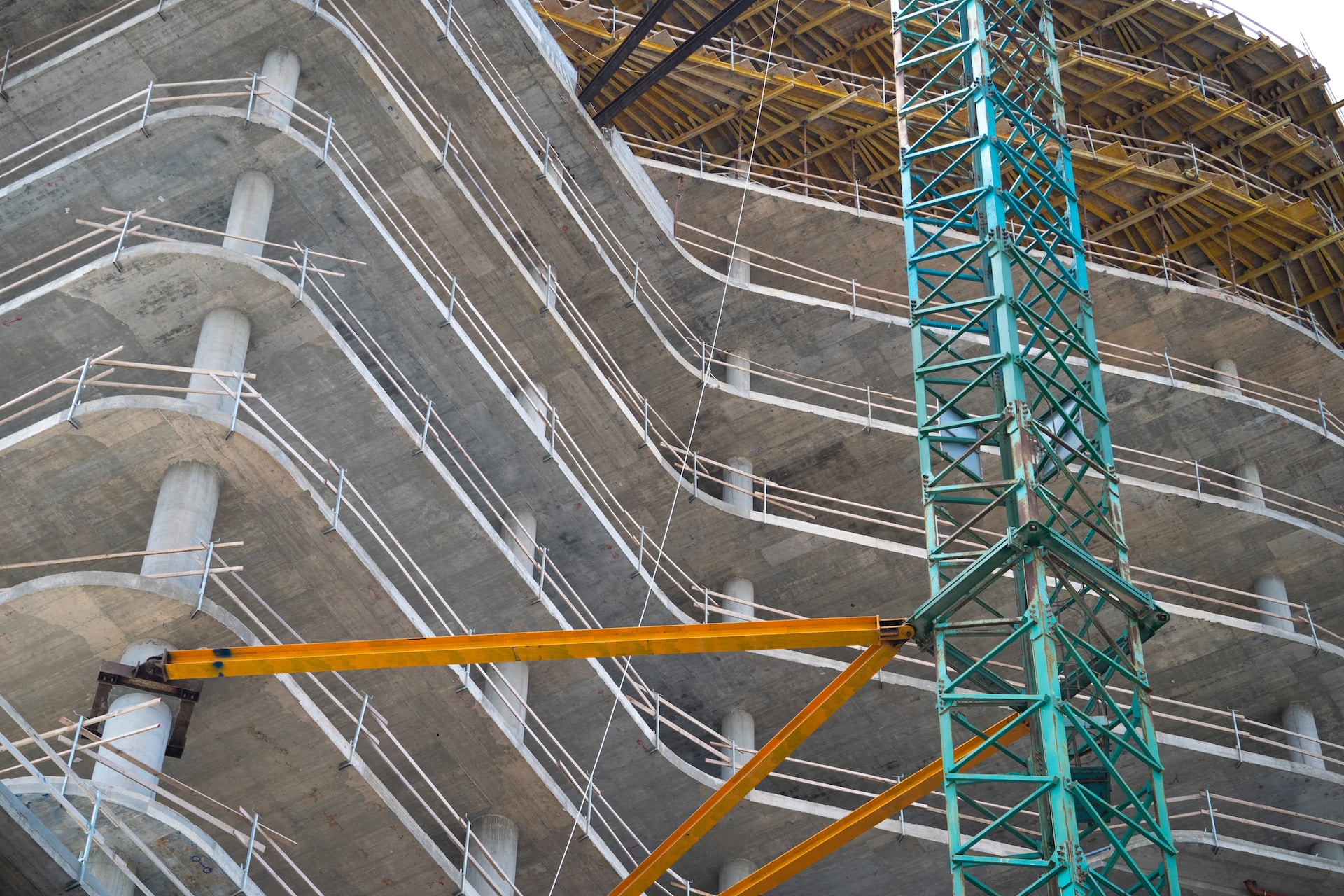In the world of modern architecture and construction, there is one building material that stands the test of time: concrete. From towering skyscrapers to sleek residential structures, concrete has cemented its place as a go-to material for contemporary builders. Thanks to similar domains, concrete building solutions and services are easily accessible. In this article, we explore why concrete continues to be a popular choice in modern times, highlighting its durability, versatility, sustainability, and aesthetic appeal.
Durability and Longevity
One of the primary reasons for concrete’s enduring popularity is its exceptional durability. Concrete structures can withstand extreme weather conditions, seismic activity, and even fire, offering unmatched strength and resilience. With proper design, reinforcement, and maintenance, concrete buildings can last for several decades or even centuries, providing a solid foundation for future generations.
Versatility in Design
Concrete’s versatility allows architects and designers to push boundaries and create unique structures. It can be molded into virtually any figure, allowing for intricate details, curves, and unconventional designs. From minimalist and industrial aesthetics to intricate facades and sculptural elements, concrete provides limitless possibilities to bring architectural visions to life.

Energy Efficiency and Thermal Performance
The thermal mass qualities of concrete contribute to its energy efficiency, making it ideal for sustainable building. Its capacity to absorb, retain, and release heat aids in temperature regulation, minimizing dependency on heating and cooling equipment. As a consequence, energy consumption is lowered, carbon emissions are reduced, and overall sustainability is improved.
Fire and Weather Resistance
Concrete is renowned for its fire-resistant properties. Due to its composition and density, it can withstand high temperatures, minimizing the risk of structural collapse during a fire. Additionally, concrete structures are resistant to weather-related damage, such as rot, corrosion, and moisture intrusion, ensuring long-term structural integrity even in harsh climatic conditions.
Sustainable and Eco-Friendly
Concrete’s eco-friendliness lies in its raw materials and production process. The primary components of concrete, including cement, aggregates, and water, are widely available and sourced locally. With the increasing focus on sustainable building practices, there is a growing emphasis on reducing cement’s carbon footprint through innovations like low-carbon concrete mixes and alternative cementitious materials. Furthermore, concrete can be recycled and reused in new construction projects, minimizing waste and conserving natural resources.
Cost-Effectiveness
Concrete’s cost-effectiveness is another factor contributing to its popularity. While initial prices may vary based on project complexity, the durability and minimal maintenance requirements of concrete make it a cost-effective solution in the long term. Its longevity avoids the need for frequent repairs and replacements, resulting in cheaper maintenance expenses during a structure’s lifespan.
Conclusion
In an era marked by continual innovations in construction materials, concrete is an incredible choice in modern building design. Its exceptional durability, versatility, energy efficiency, fire resistance, and sustainability make it a reliable and appealing alternative for architects and builders alike. Because of its timeless appeal and adaptability, concrete will continue to influence the architectural environment for years to come, from historic landmarks to everyday projects.

